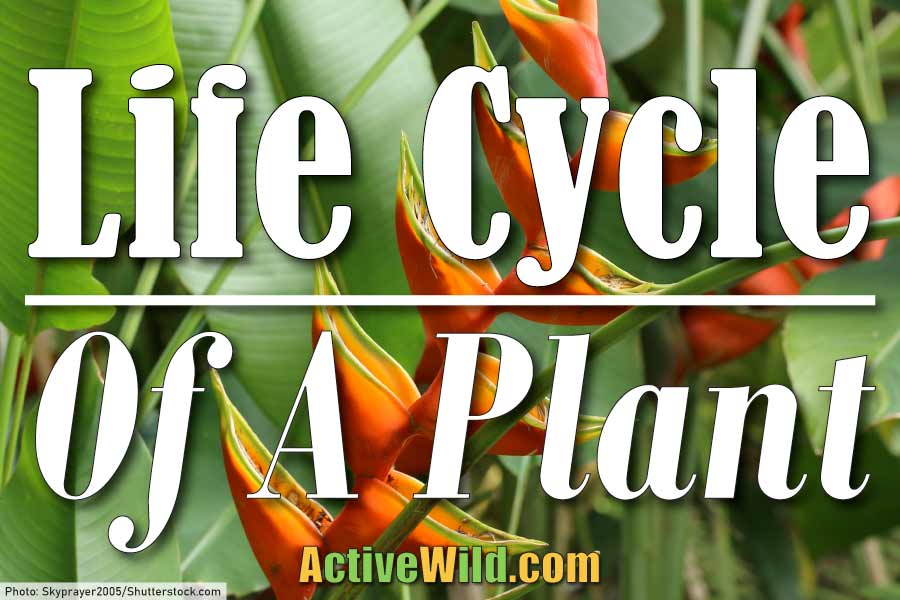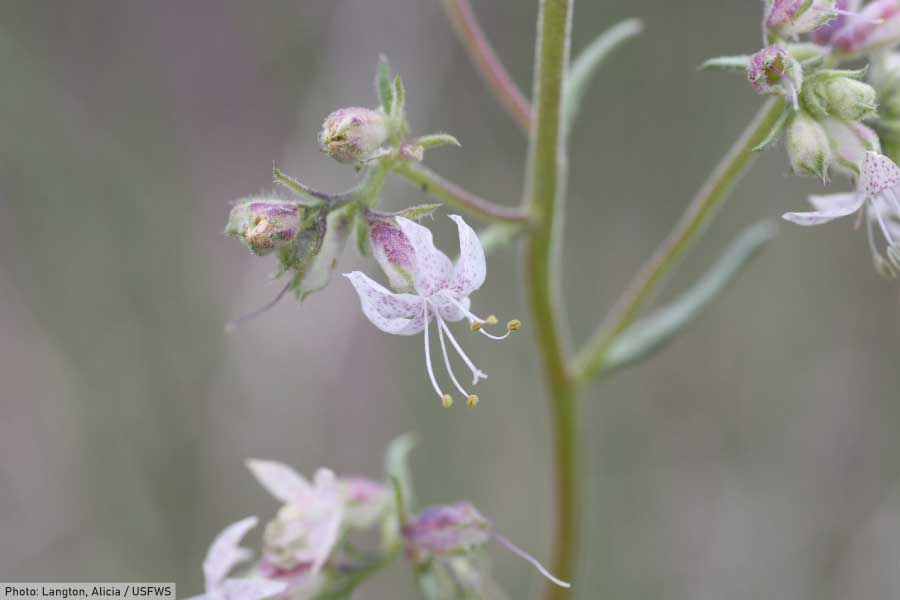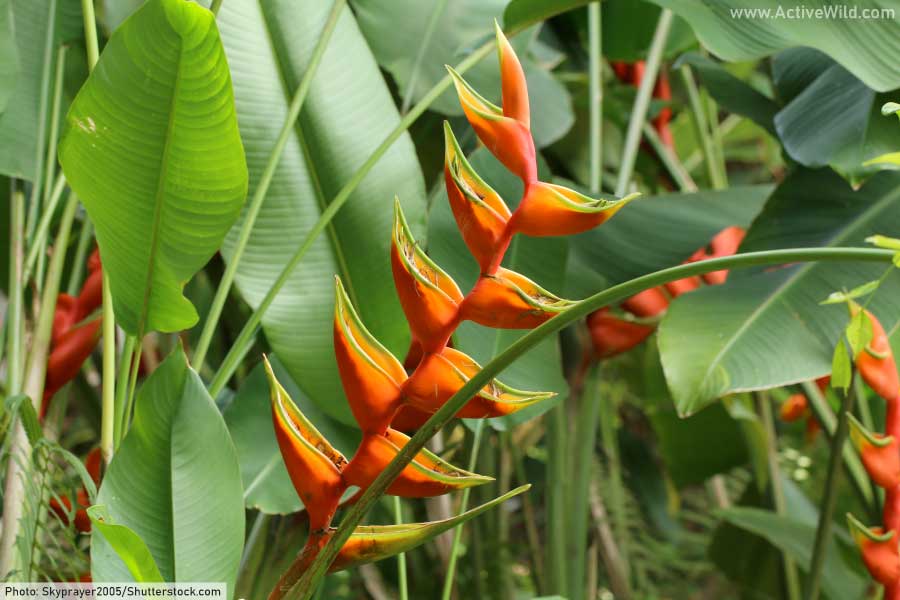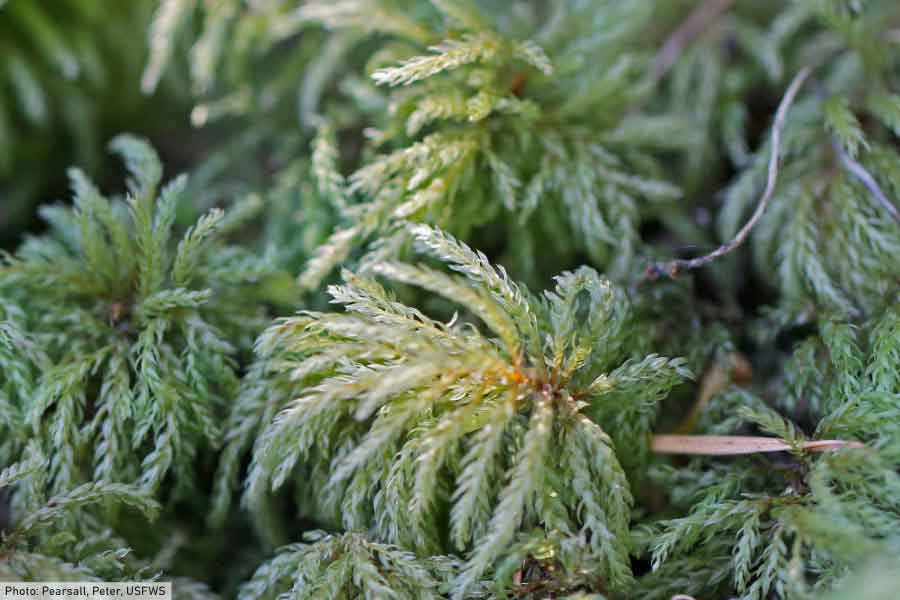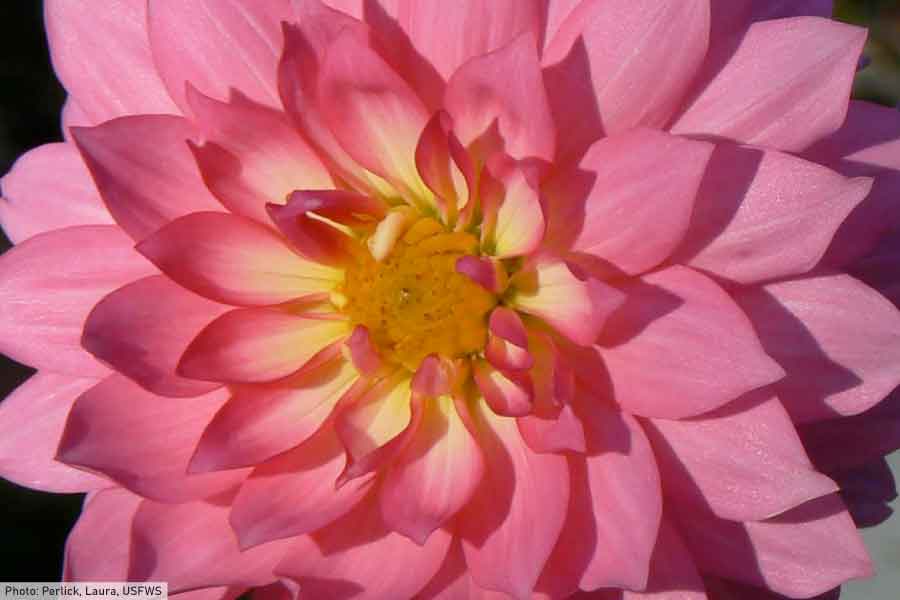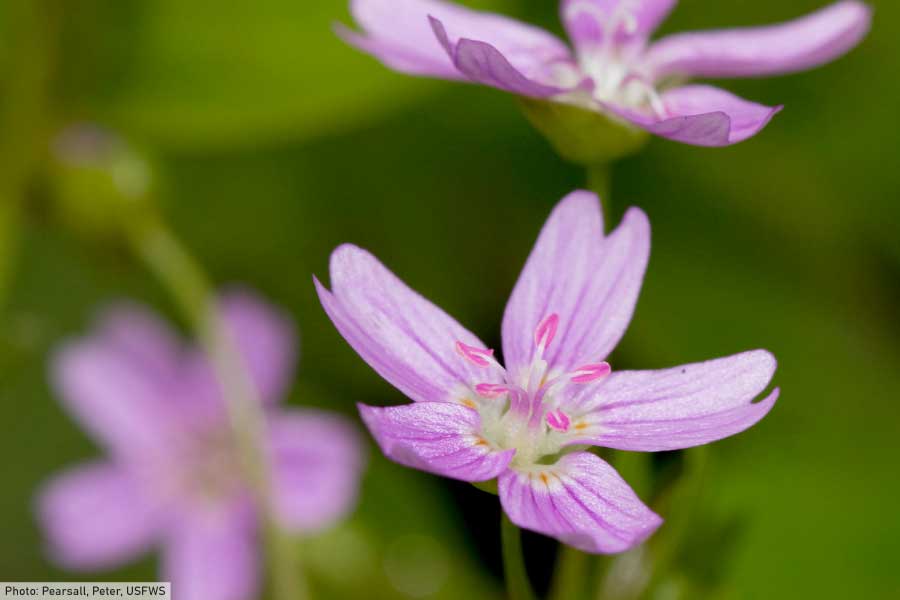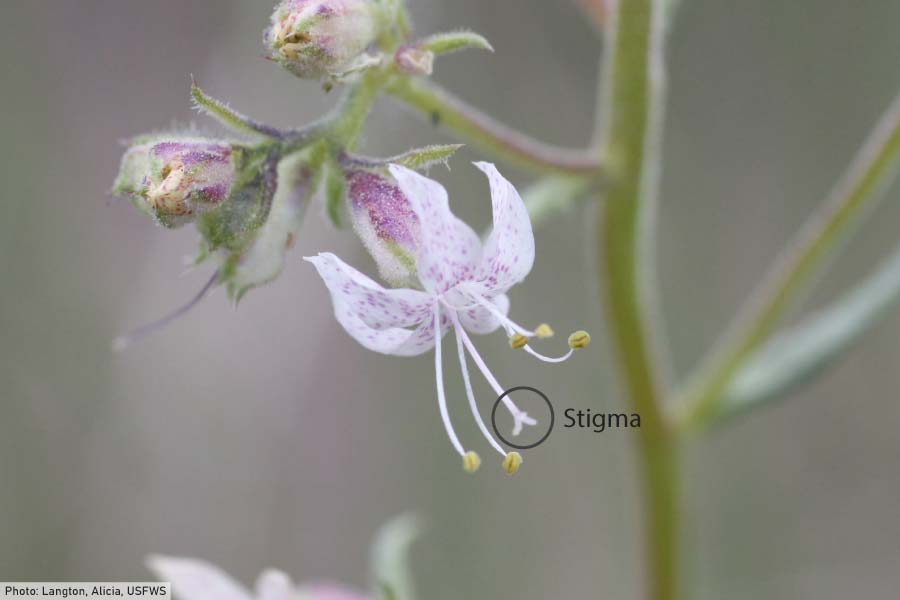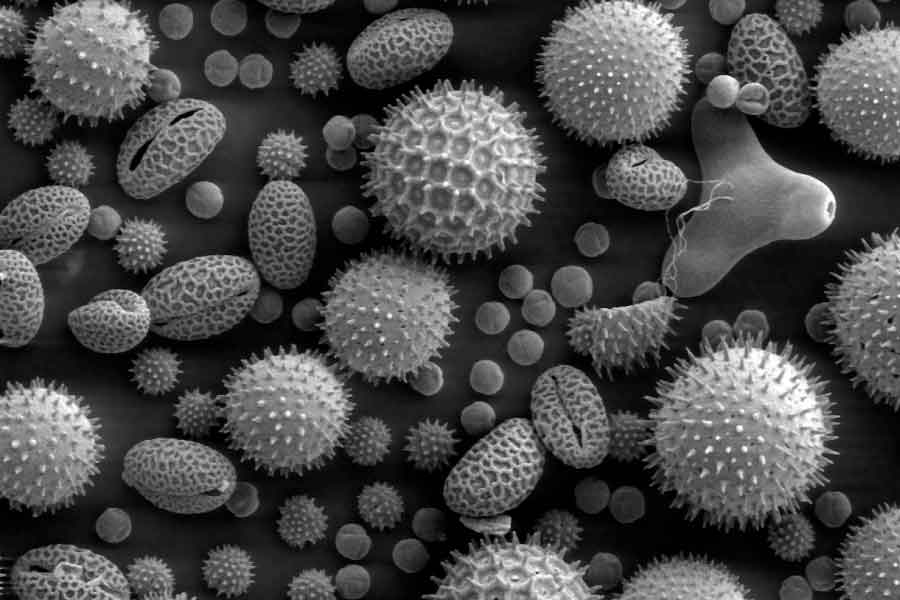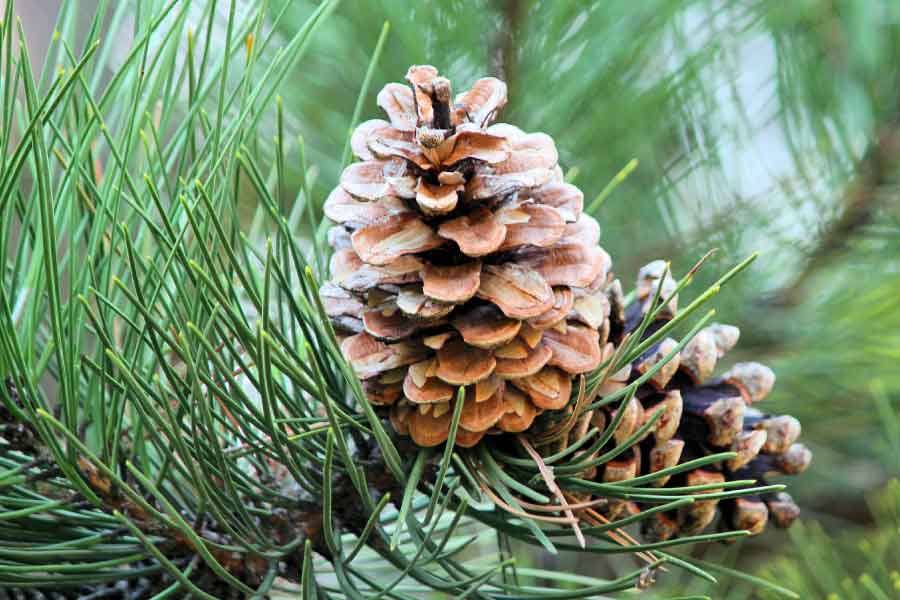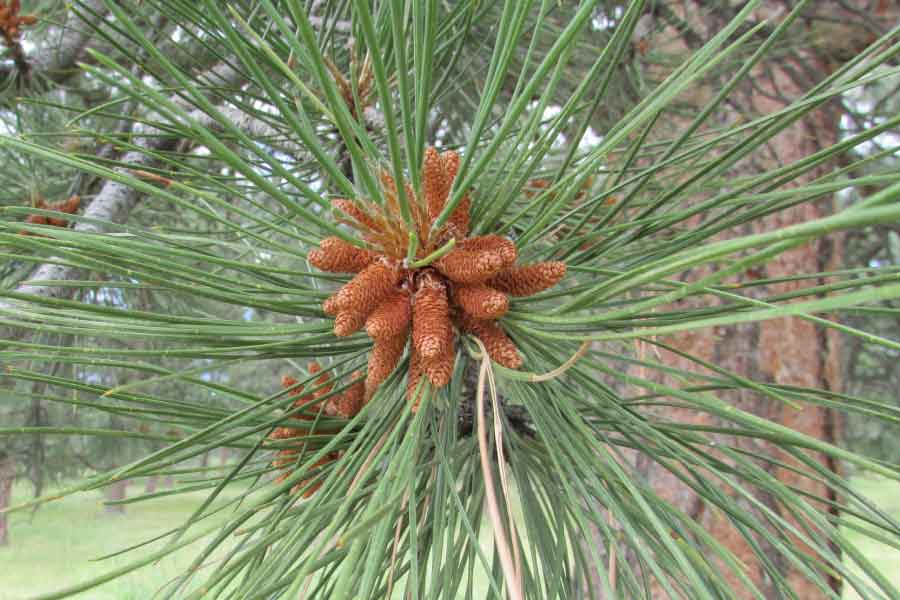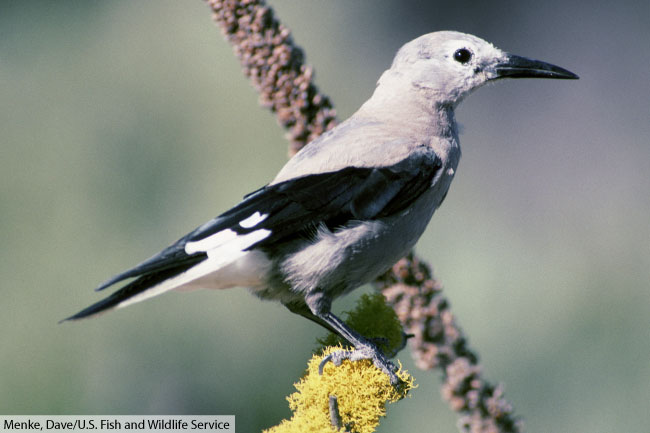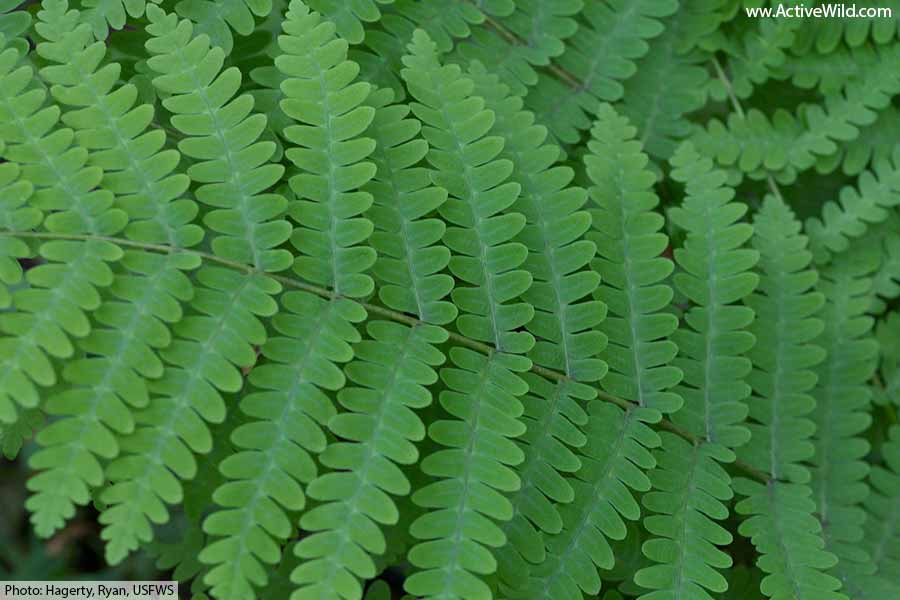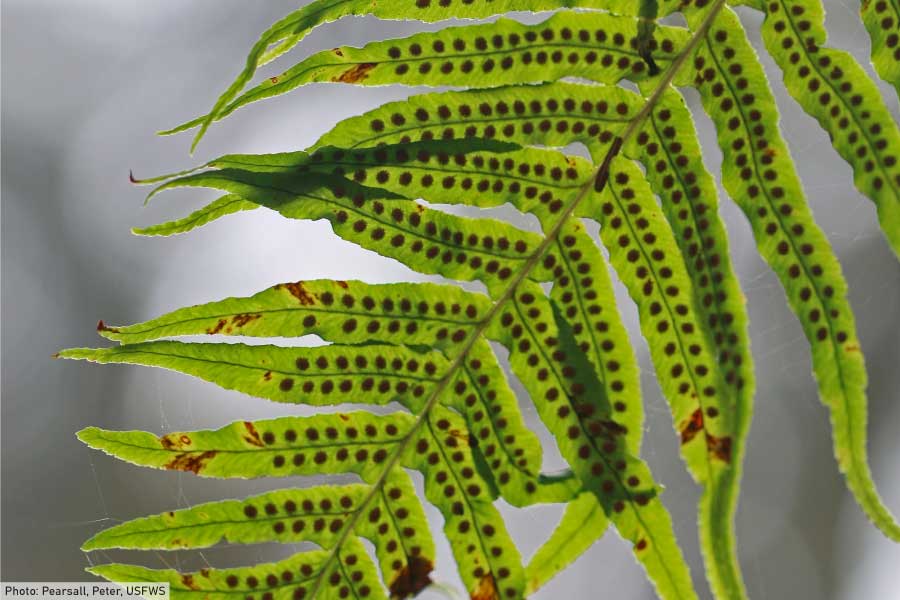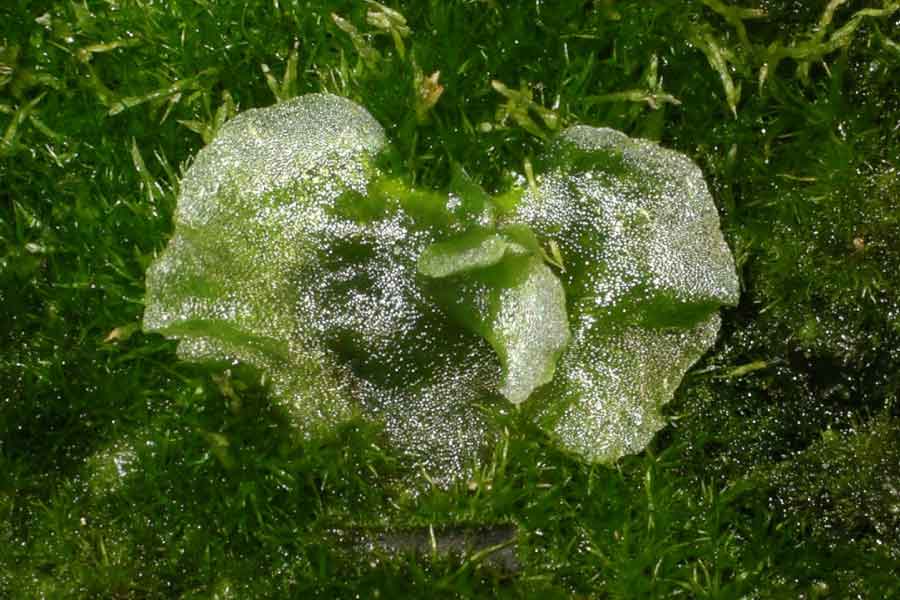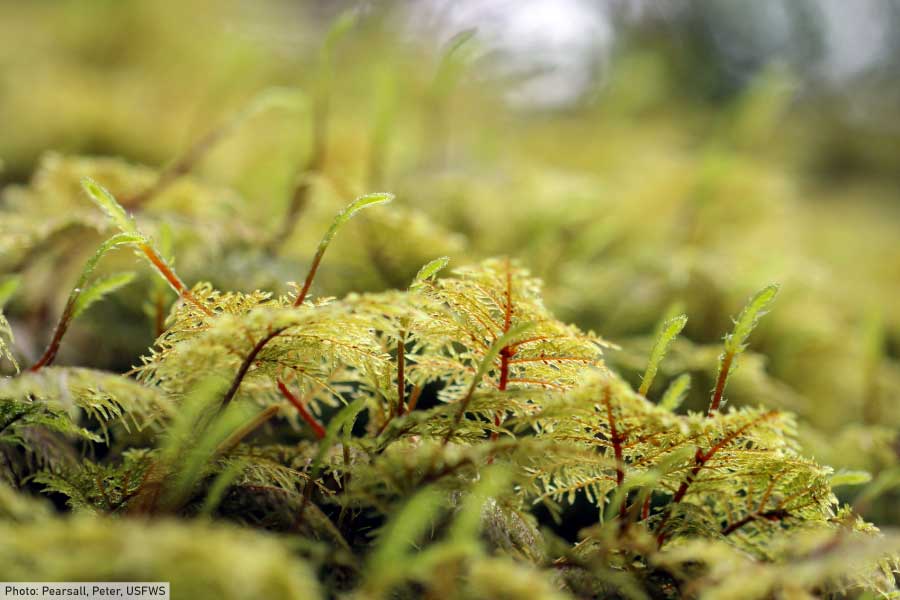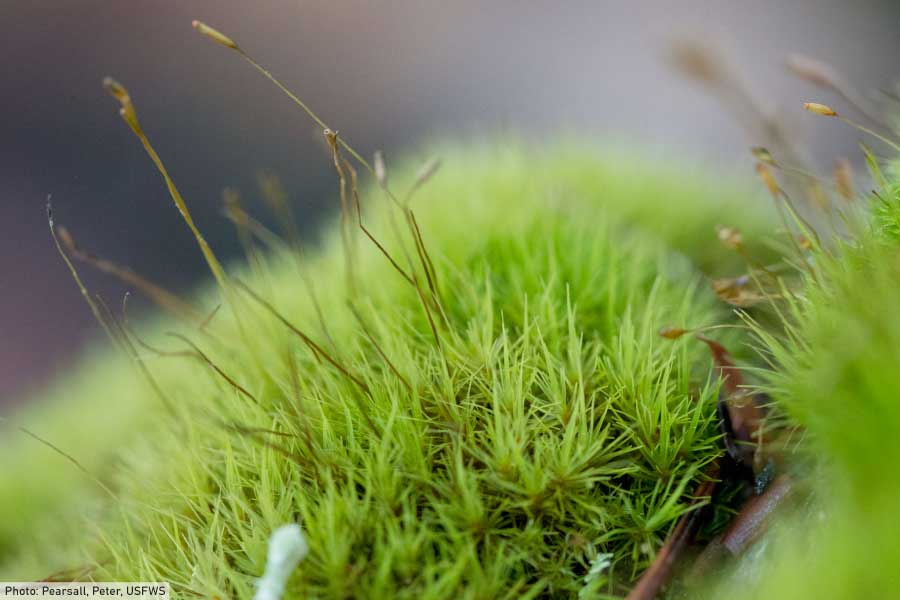The life cycle of a plant: How Plants Reproduce. On this page we take a look at the plant life cycle, covering plant reproduction in a variety of plant types.
The Life Cycle Of A Plant: How Plants Reproduce
With over 300,000 species, the plant kingdom Plantae is highly diverse. Although the life cycles of plants in each of the major plant groups share many similarities, there are also important differences between the ways in which plants in each of the groups reproduce.
On this page is an easy-to-understand overview of plant reproduction, in which we examine the life cycle of plants in each of the major plant groups.
Page Index
- Basic Plant Life Cycle
- Alternation of Generations
- The Life Cycle Of A Flowering Plant (Angiosperm)
- The Life Cycle Of A Gymnosperm (Cone-Producing Plants)
- The Life Cycle Of Pteridophytes (Seedless Vascular Plants)
- The Life Cycle Of Bryophytes (Non-Vascular Seedless Plants)
- The Life Cycle Of A Plant: Conclusion
- Related Pages On Active Wild
Other Botany Pages on Active Wild
- A complete introduction to botany on one page: Plants: The Ultimate Guide to the Plant Kingdom
- You can find out about the different types of flower on this page: Types of Flower
- Discover the diversity of the plant kingdom: Different Types of Plant with Pictures and Facts
- Learn about the parts of a flower and what they do: Parts of a Flower with Diagram and Pictures
Basic Plant Life Cycle
The life cycle of a plant is more complex than that of an animal.
Like animals such as mammals, plants can reproduce sexually. However, unlike mammals, plants can, and often do, reproduce asexually.
- In sexual reproduction, male and female genetic material is combined to create offspring with a mixture of its parents' genetic material.
- In asexual reproduction, a single organism creates exact copies, or clones, of itself.
On this page we concentrate on plant sexual reproduction, examining the life cycle of plants in each of the main plant groups:
- Angiosperms (flowering plants)
- Gymnosperms (cone-producing plants)
- Pteridophytes (seedless vascular plants)
- Bryophytes (non-vascular plants)
Alternation of Generations
Plant sexual reproduction is different from animal sexual reproduction in that it uses a system known as the alternation of generations, in which there are two generations per life cycle.
Plants in one generation are diploid, which means that their cells contain the full number of chromosomes. In this phase, the plant is called a sporophyte.
Using a process of cell division known as meiosis, sporophytes produce sex cells that are haploid. Haploid cells contain half the usual number of chromosomes.
These haploid sex cells develop into haploid individuals called gametophytes. Plants in this generation grow and produce sex cells using a system of cell division known as mitosis, in which cells divide into exact copies of themselves.
When a male reproductive cell (sperm) produced by a gametophyte fuses with a female reproductive cell (egg) produced by a gametophyte of the same species, the result is a diploid cell called a zygote.
This zygote develops and grows via mitosis into a sporophyte, thereby completing the plant’s life cycle.
One Generation Reduced In Size
In many plant groups, the members of one generation are reduced in size (often to just a few cells) and, rather than growing independently, develop inside the bodies of members of the other generation.
For example, the gametophytes of angiosperms (flowering plants) and gymnosperms (plants such as conifers) are much reduced in size, comprising of just a few cells.
In these plant groups, the male gametophyte is carried by pollen and develops within the stigma of a sporophyte, while the female gametophyte develops within the ovule (the egg-producing organ) of a sporophyte.
The angiosperm and gymnosperm plants that we see around us are in their sporophyte phase. In bryophytes such as moss, the gametophyte stage is phase is the dominant phase.
Self-Fertilization
Many species of plants produce individuals with both male and female parts. This can result in self-fertilization, which occurs when a plant’s sperm fertilizes its own eggs.
Self-fertilization has several advantages, not least because it can be accomplished without the need for a mate, allowing for faster and more reliable reproduction.
The disadvantage of self-fertilization is that it results in limited genetic diversity. A species that is over-reliant on self-fertilization is less able to adapt to changes in its environment and is therefore more at risk of extinction.
For this reason, many plant species have evolved means of reducing the likelihood of self-fertilization.
These may include: producing male and female gametophytes at different times; producing hormones that encourage nearby plants to produce gametophytes of the opposite sex; or having flowers that physically prevent insects from depositing pollen onto the stigmas of the same plant.
Self-fertilization is not the same as asexual reproduction, as it requires meiosis and the creation of a zygote (a fertilized egg), whereas asexual reproduction is accomplished via mitosis.
The Life Cycle Of A Flowering Plant (Angiosperm)
Angiosperms are flowering plants. The group contains not just the obvious, brightly-colored garden and wild flowers, but also most species of (non-conifer) tree, and the grasses. Containing around 300,000 known species, it is the largest group of plants in the plant kingdom.
Angiosperms grow from seeds, which are dispersed within fruit. A flowering plant’s male sex cells are dispersed in a powdery substance called pollen.
The flower is the reproductive organ of an angiosperm. It is where both the male and the female gametophytes are created, and where pollination – the process by which male sex cells are transferred to female sex cells – takes place.
Many flowering plants rely on animals such as insects and birds to disperse their pollen. Animals that perform this role are known as pollinators. Many species of angiosperm produce a sugary liquid called nectar to encourage animals to their flowers.
Not all flowering plants rely on animals to disperse their pollen. Most grasses, for example, are wind-pollinated.
Male Parts Of A Flower
The male parts of a flower are called stamens. A stamen comprises a stalk called a filament and, at its tip, a structure called the anther. Pollen is produced in a flower’s anthers.
A grain of pollen is the male gametophyte of a flowering plant. It contains a tube cell, and either one or two generative cells, which will become the sperm. (The generative cell in a two-celled pollen grain divides when it germinates, resulting in two sperm cells).
Female Parts Of A Flower
Located at the center of a flower are the carpels, the female parts of the flower. In many species, the carpels are fused together, creating a structure known as a pistil.
At the tip of each carpel/pistil is a receptive area called a stigma. The stalk bearing the stigma is called the style, and at the base of the style is a chamber called the ovary.
The ovary contains one or more ovules. An ovule is the structure in which the female gametophyte – known as the embryo sac – develops.
Pollination
Pollination occurs when pollen lands on a stigma. Upon doing so, the pollen germinates, growing a pollen tube which extends down through the style, eventually reaching the ovule.
The sperm cells are transported, via the pollen tube, to the embryo sac within the ovule. One of the sperm fuses with the egg, producing the diploid zygote which will develop into an embryo.
The other sperm fuses with two other nuclei within the embryo sac. This resulting cell will become the endosperm, a tissue that will provide food for the developing embryo.
This system of double fertilization is unique among the flowering plants.
After fertilization, the outer layer of the ovule (the integument) forms a seed coat, the outer layer of the seed. Contained within the seed coat are the endosperm and the plant embryo. The ovary wall becomes the fruit.
Once fully developed, the fruit (and the seed it contains) is shed from the plant.
Fruit assist in the dispersal of a seed away from the parent tree.
Dispersal strategies vary from plant to plant. Fruit may be carried by animals (either after having been eaten, or become attached to the animal’s body), or transported by the wind or water. Some flowering plant species have evolved ways to explosively expel fruit from the parent plant.
Under suitable conditions, the seed will germinate and mature thereby completing the life cycle of the plant.
The Life Cycle Of A Gymnosperm
The gymnosperms are a group of plants that contain the conifers, cycads, ginkgos , and geophytes.
Like flowering plants, gymnosperms produce seeds. Unlike flowering plants, gymnosperms do not produce flowers or fruit.
The name gymnosperm means ‘naked seed’. It refers to the lack of an enclosing structure (such as the ovary and fruit of flowering plants) around the gymnosperm’s seed.
Without an enclosing structure, the gymnosperm ovule develops on the surface of a modified leaf. In the case of most conifers and cycads the modified leaf is a cone.
As is the case with angiosperms, the gymnosperms that we see around us are all sporophytes (plants in their diploid phase, see the alternation of generations section, above). The gametophytes of gymnosperms, like those of angiosperms, are very small structures consisting of a small number of cells.
The conifers, which comprise over 600 species, are the largest group of gymnosperms. In the following section we will examine the life cycle of a typical conifer.
Most conifers produce cones that are either male or female, and have cones of both sexes on the same tree. This is not the case with all gymnosperms: the reproductive parts of an individual cycad or ginkgo plant are either all male or all female.
The conifer’s male cones produce pollen grains. These consist of four cells and have small wings to aid their dispersal. Most conifers rely on the wind for pollination, producing pollen in large quantities to maximize their chances of successful pollination.
The male, pollen-producing, cones are often situated on the lower branches of the tree. They are smaller in size than the female cones, which are often found on the higher branches (this is a strategy to prevent self-pollination, as pollen is less likely to travel directly upwards).
Female cones are larger, woodier, and more complex than male cones. They are the typical ‘pine cones’ we see when walking in conifer woodlands and forests.
Pollen is usually produced in the spring. At this time the scales of the female cones are wide open to allow pollination. The plant’s ovules are situated inside the female cone, on the surface of seed-bearing scales.
Pollination occurs when a grain of pollen enters a female cone and becomes attached to sticky fluid around the micropyle (the narrow entrance to the ovule) and is drawn into the ovule.
Upon entering the ovule, the pollen germinates and grows a pollen tube. The pollen tube slowly extends through the ovule toward the female gametophyte.
After pollination, the scales of the female cone close to protect the developing ovules.
Over 15 months can pass between the initial pollination and the actual fertilization of the egg. During this time the pollen tube makes its way to the egg cell and the male gametophyte creates sperm cells, one of which will fertilize the egg.
It can be two years or more after pollination that the cone finally re-opens to release its seeds. Most conifers rely on the wind to disperse their seeds, and the seeds of many species (e.g. most pines) have wings to assist their dispersal.
Other conifers rely on animals to disperse their seeds. Often, birds in the crow family such as nutcrackers will store seeds in numerous caches over a wide area. Seeds stored in forgotten caches will germinate far from the parent tree.
The cones of conifers such as the jack pine only disperse their seeds after being subjected to heat. After a forest fire has killed the parent tree, its cones open and its seeds can recolonize the land.
The Life Cycle Of Pteridophytes (Seedless Vascular Plants)
A pteridophyte is a vascular plant that doesn’t produce seeds. Instead, it reproduces with spores.
A spore is a unicellular, haploid sex cell from which a gametophyte-phase plant can grow.
The main groups of pteridophytes are the ferns and horsetails. the group is often expanded to include the less-closely-related clubmosses. In the following section, we will concentrate on the life cycle of a typical fern.
Like the angiosperms and gymnosperms, the sporophyte is the dominant phase in the pteridophyte life cycle (see the alternation of generations section, above).
Unlike the angiosperms and gymnosperms, the gametophyte phase of the pteridophyte life cycle is independent, and is able to live away from the parent plant.
The life cycle of a typical fern begins when the mature sporophyte produces spores via meiosis.
The spores are produced in sporangia (spore-producing structures) located in clusters called sori on the underside of the fern’s leaf. A mechanism in the sporangia forcibly ejects the mature spores, which are further dispersed by the wind.
The spores of horsetails and most ferns are homosporous, producing hermaphrodite gametes that produce both sperm and egg cells.
Upon landing in a suitable area, a spore will germinate. It grows, via mitosis, into a mature gametophyte known as a prothallus.
The prothallus is small (usually 2-8 mm wide) and grows close to the ground. It is usually heart-shaped.
Sperm emitted by the prothallus swim to the eggs. Sexual reproduction is therefore dependent on the ground being sufficiently moist for fertilization to take place.
The fertilized egg cell divides by mitosis to form the sporophyte, which grows out of the prothallus. Upon reaching maturity the sporophyte produces its own spores, thereby repeating the life cycle of the plant.
The Life Cycle Of Bryophytes (Non-Vascular Seedless Plants)
The bryophytes are non-vascular land plants. The group includes the mosses, hornworts and liverworts. All are small plants, typically less than 20mm in length and rarely longer than 20 cm.
Like the pteridophytes, bryophytes reproduce using spores rather than seeds, and do not produce flowers. Bryophytes are usually found in moist areas, but are able to survive being dried out for long periods.
Bryophytes differ from the pteridophytes and the seed-producing plants in that the gametophyte is the dominant phase in the bryophyte life cycle.
In its sporophyte phase, the bryophyte remains attached to the gametophyte. It receives nutrients from the parent plant, but, in the case of most hornworts and all mosses, is capable of photosynthesis.
Life Cycle Of Moss
The life cycle of a moss begins with a haploid spore, which grows by mitosis into a mat of branched filaments called a protonema.
At points in the protonema, tiny buds are formed. These develop into male or female gametophytes, which are leafy and either grow upwards with pointed leaves, or laterally (to the sides), with feather-like leaves. (Liverworts and hornworts tend to be flatter, with rounded leaves.)
Like other bryophytes, some species of moss produce individuals that are either male or female, while others produce individuals with both male and female parts on the same plant.
At the tips of the male gametophytes gametangia (gamete-producing organs) called antheridia are formed. Likewise, at the tips of the female gametophytes gametangia called archegonia are formed.
The antheridia produce large numbers of sperm cells, which are dispersed when water is available. The antheridia of some mosses are designed to shed their loads when splashed by a drop of rain. Insects also transport droplets of water containing sperm to female gametophytes.
(The sperm of liverworts and hornworts simply swim through a film of water to reach the archegonia.)
When a sperm is in the vicinity of an archegonium, it is chemically guided to the opening at the neck of the structure.
The fusion of a sperm cell with an egg results in a diploid zygote. This grows via mitosis into an embryo, which eventually develops into a sporophyte. (It can take up to 6 months for a sporophyte to reach maturity.)
The mature sporophyte projects from the female gametophyte on an elongated stalk called a seta. It remains attached to its parent for the duration of its life, fixed by a bundle of cells known as the foot at the base of the seta.
At the tip of the sporophyte is a structure called a capsule, which is covered by the hat-like remnant of the archegonium, known as the calyptra. The calyptra usually falls off when the sporophyte matures.
Spores are formed via meiosis inside the capsule. Sphagnum mosses can project their spores up to 20cm into the air using compressed air, but the spores of most species are dispersed by wind alone.
Spore dispersal, and the resultant germination of spores, completes the life cycle of the plant.
The Life Cycle Of A Plant: Conclusion
Main Points:
- Plants are capable of reproducing both sexually and asexually.
- Many plants are also capable of self-fertilization, and may have adaptations to prevent this from occurring.
- The life cycle of a plant uses a system known as the alternation of generations, in which a gametophyte-phase generation alternates with a sporophyte generation.
- One generation is usually reduced in size and often unable to exist away from the parent plant.
- Bryophytes and vascular seedless plants such as ferns reproduce using spores.
- Gymnosperms and angiosperms (flowering plants) reproduce using seeds.
- The seeds of most gymnosperms are produced and develop within cones.
- The seeds of angiosperms are enclosed within fruit.
- Seed-producing plants rely on pollination to transfer male genetic material to female parts of the plant.
We hope that you have enjoyed reading about the life cycle of a plant. If you have any questions relating to plant reproduction, feel free to ask them in the comments section below.
Related Pages On Active Wild
You may find the following pages useful:
- Discover more about the plant kingdom: Plants: The Ultimate Guide to the Plant Kingdom
- A list of the major plant groups, with pictures and information, can be found on this page: Types Of Plant
- Some of the world’s most amazing plants can be found in rainforests: Rainforest Plants List with Pictures and Facts
- Discover the plants of the taiga biome: Taiga Plants List with Pictures and Facts

